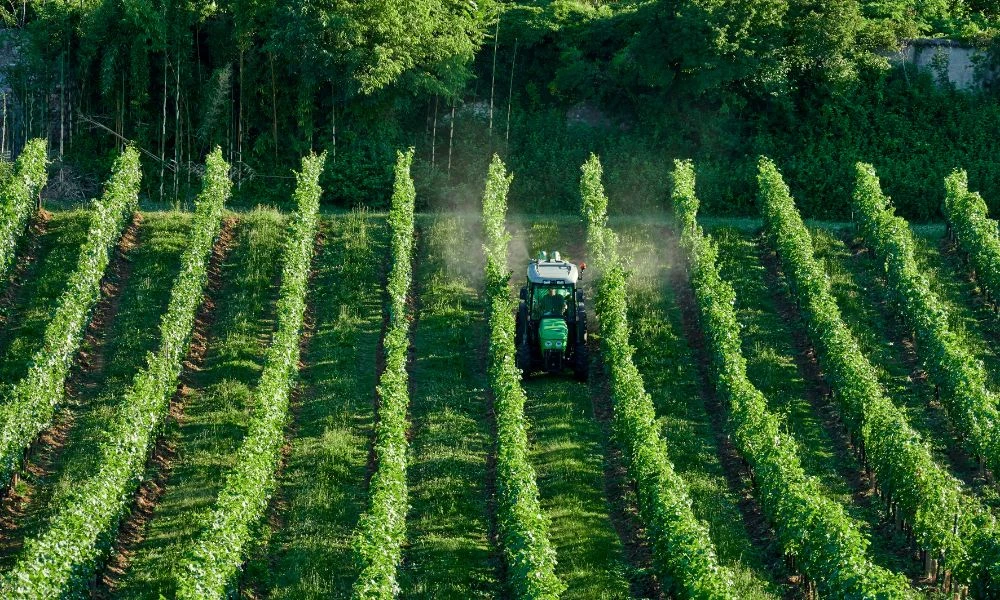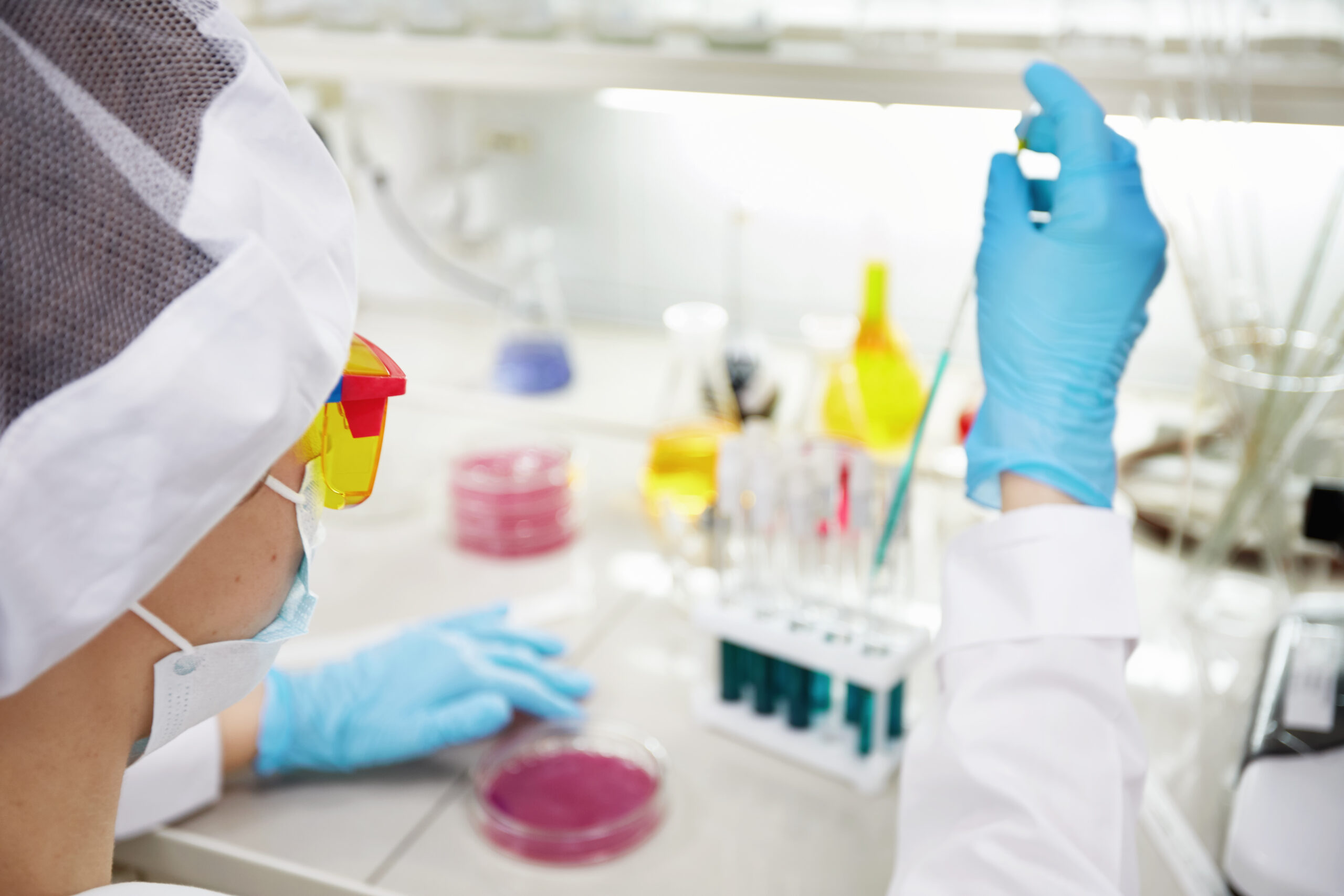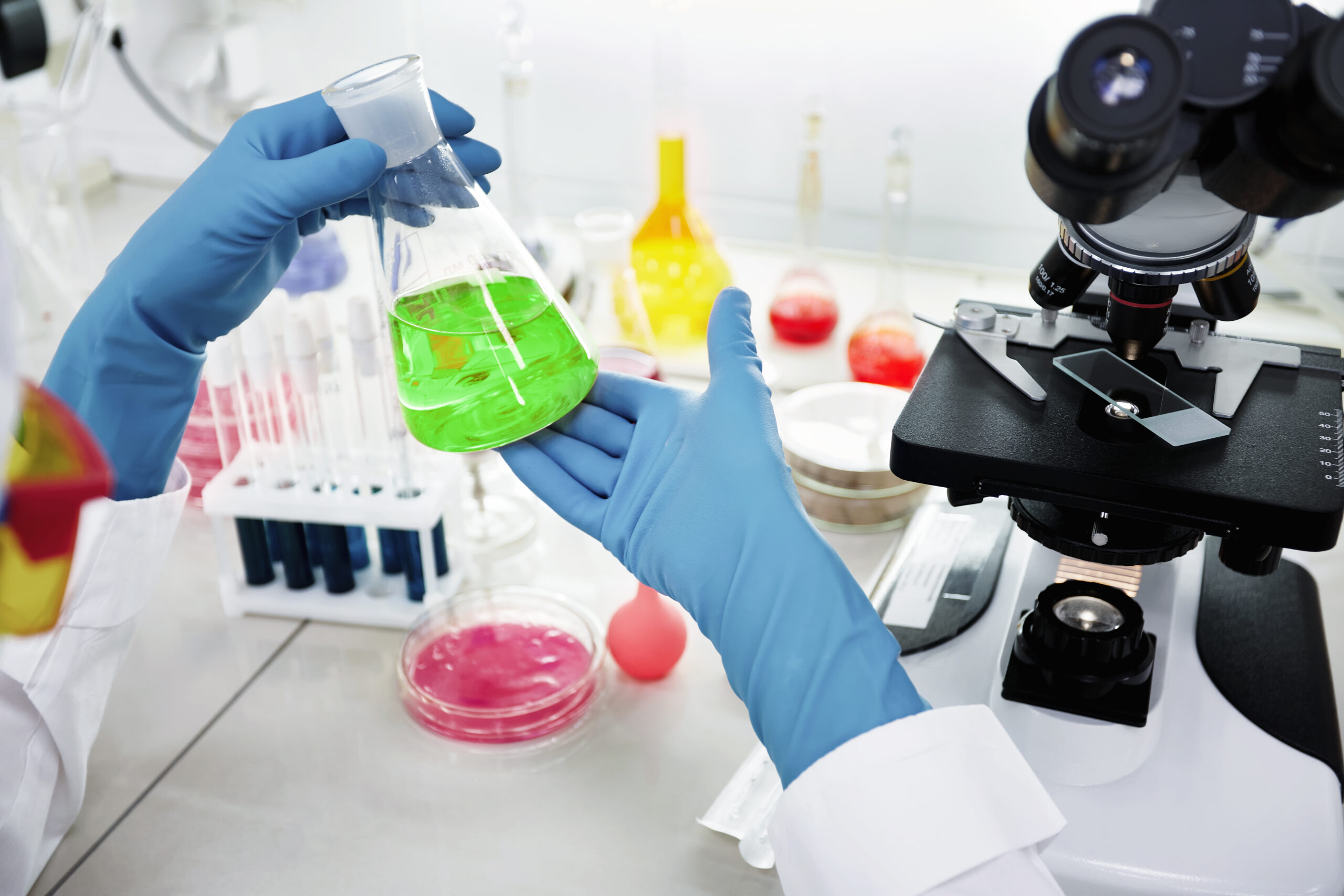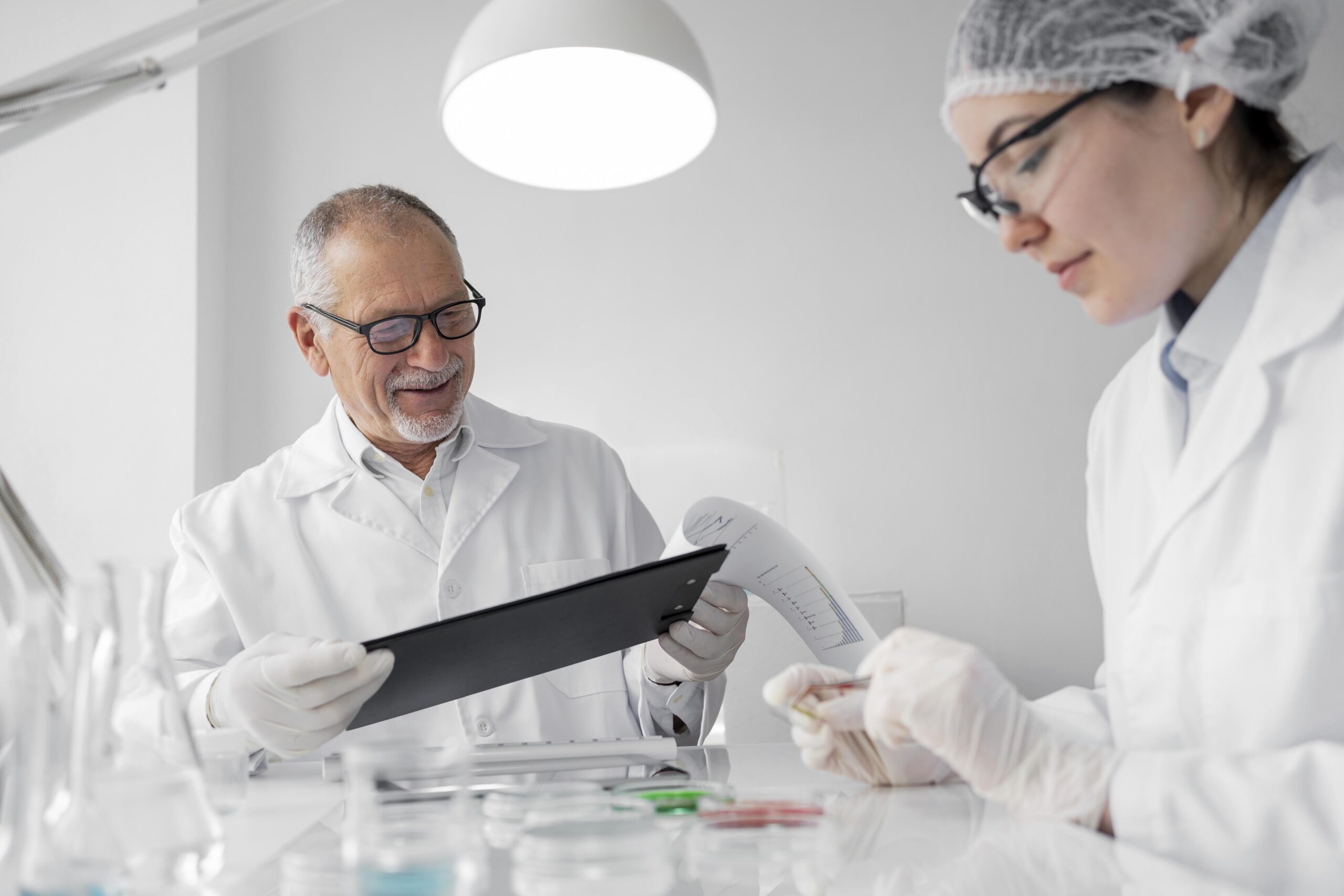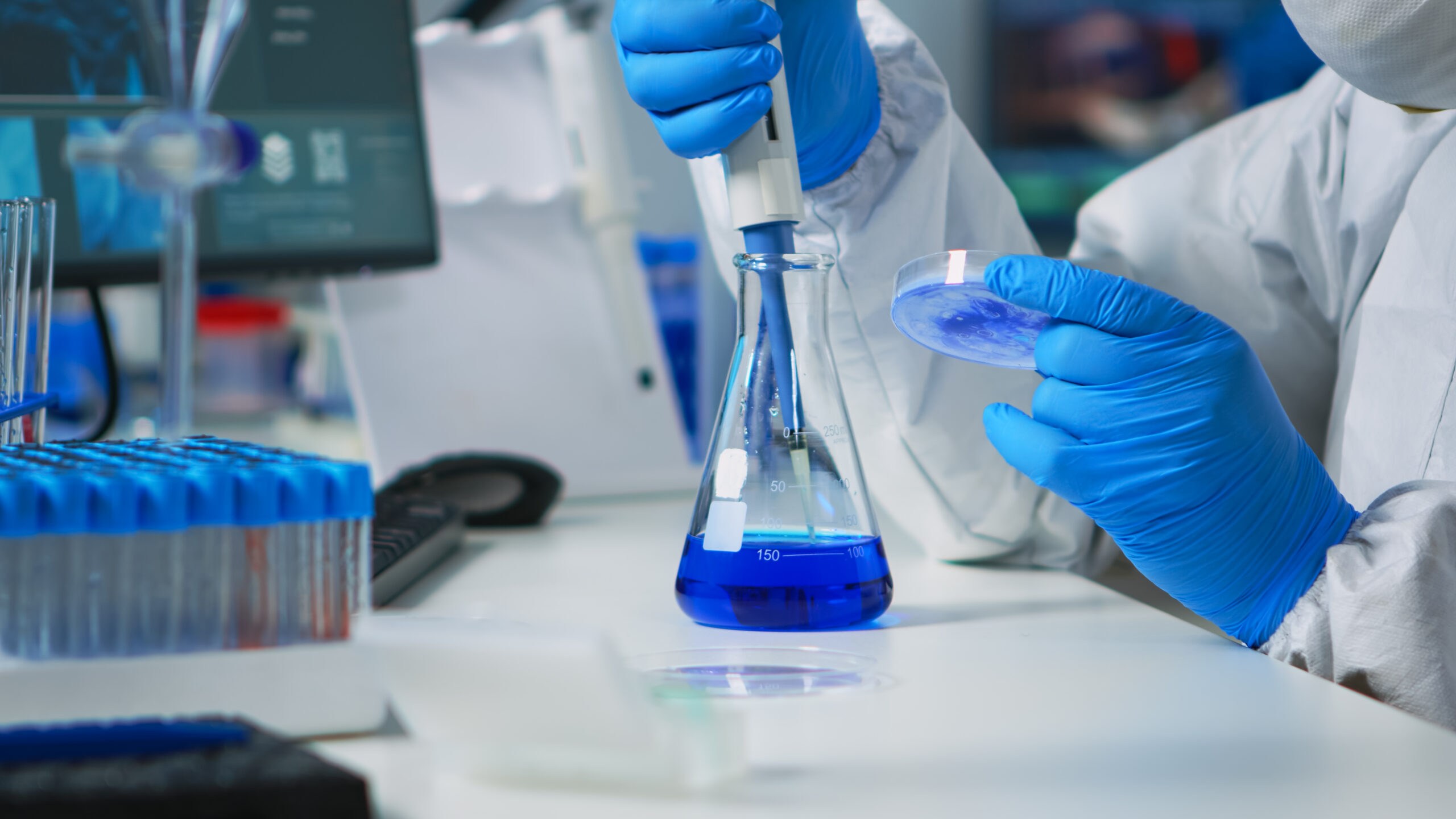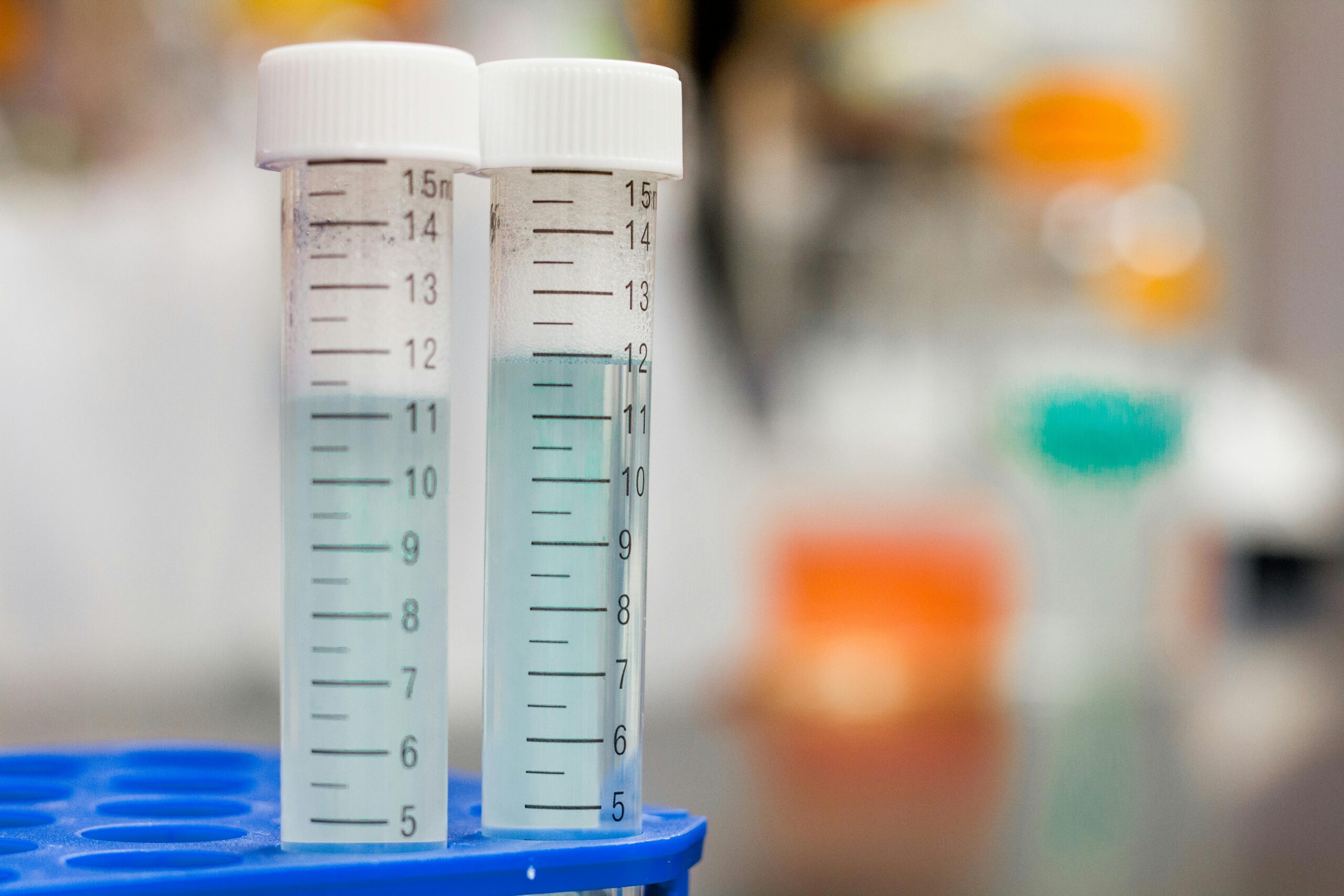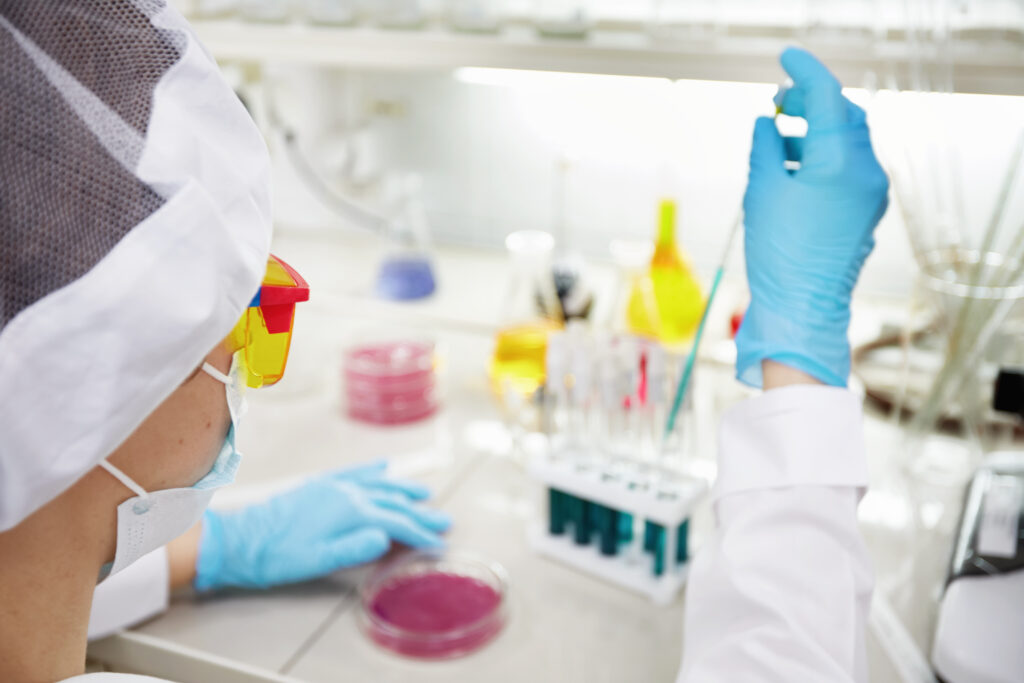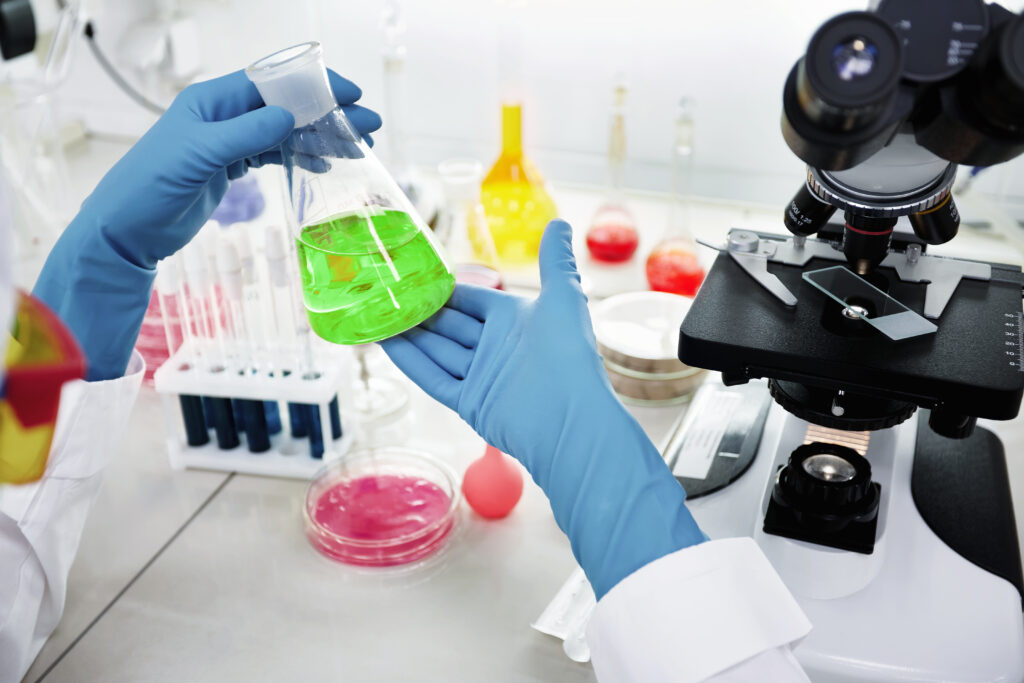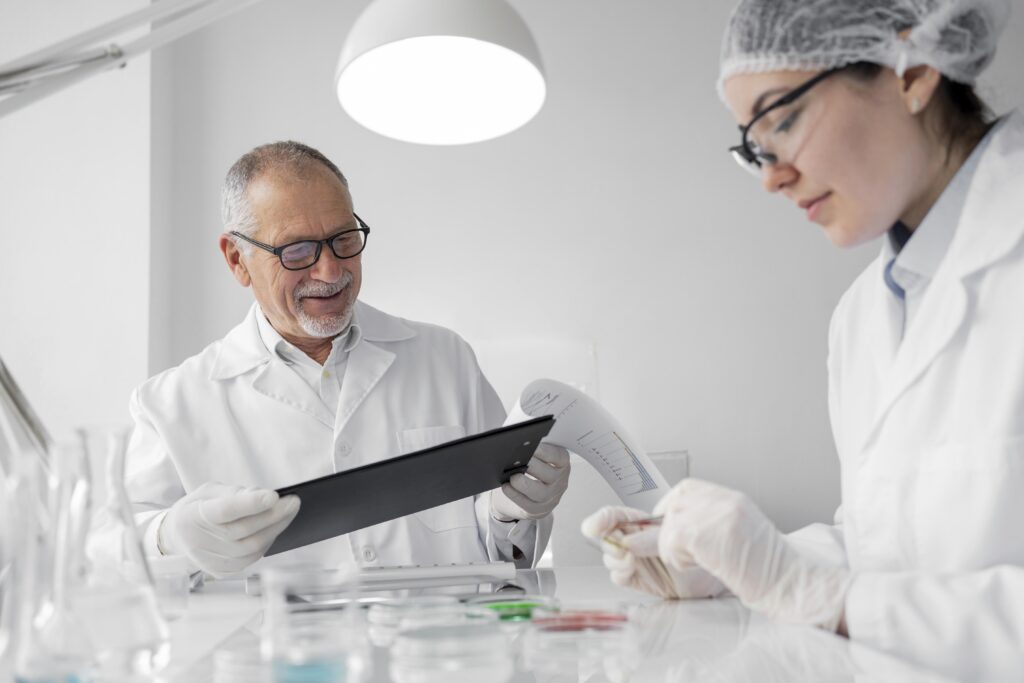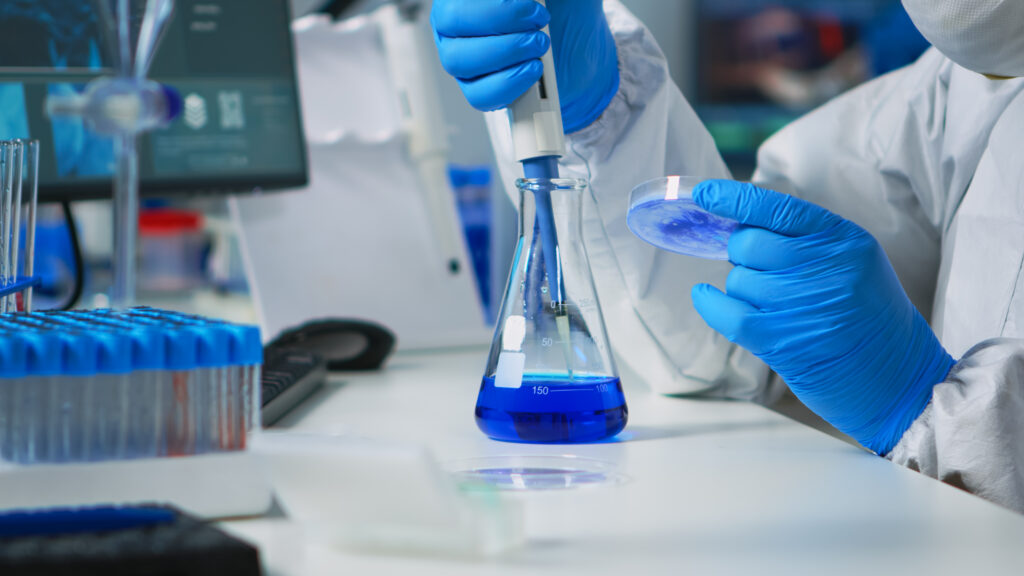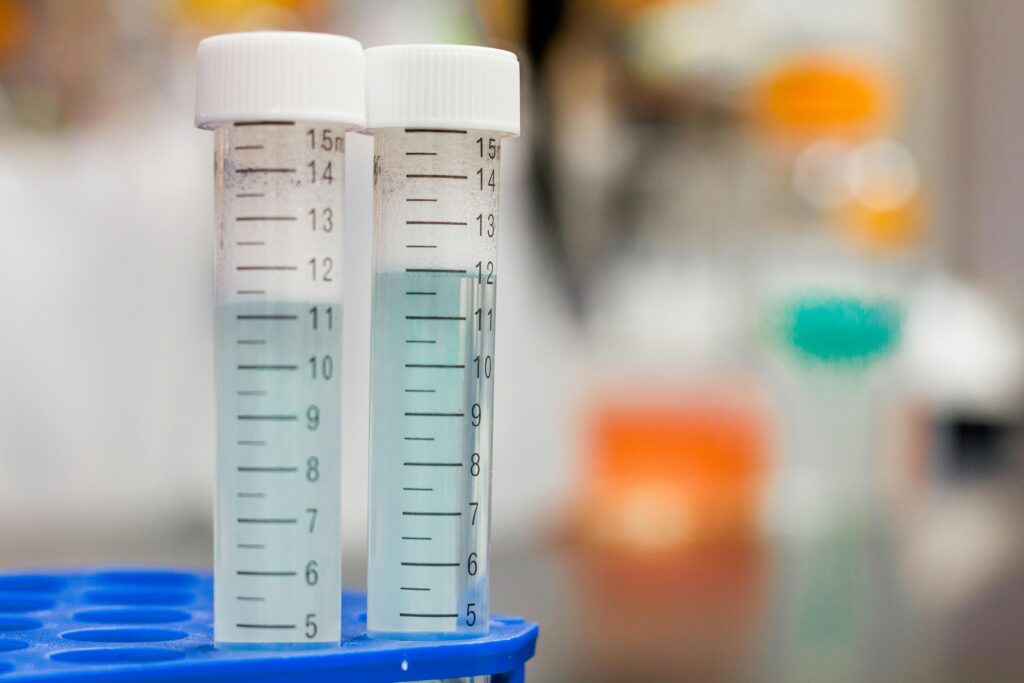In food safety, rigorous testing is essential; among these tests, evaluating pesticide residue levels holds particular importance. Ensuring the absence of harmful pesticides in our food is of utmost importance. This concern is addressed through the meticulous process of Food Pesticide Residue Testing.
Food pesticide testing systematically analyzes residues left behind by pesticides on various food items. This examination helps identify and quantify these residues, facilitating informed decisions on the safety and quality of our food.
This comprehensive exploration delves into the intricate world of “Food Pesticide Residue Testing,” specifically focusing on the dichotomy between organic and conventional farming practices.
Understanding Food Pesticide Residue Testing:
In modern agriculture, where pesticides are used daily for crop protection, food pesticide residue testing plays a crucial role in ensuring the safety of the food supply. This testing involves systematically analyzing pesticide residues on harvested produce, utilizing advanced methods to determine their presence and concentration.
Beyond regulatory compliance, the testing is a preventive measure, mitigating potential health risks associated with prolonged pesticide exposure. It operates globally, with international organizations providing guidelines for standardized testing methods. The significance of Food Pesticide Residue Testing extends to empowering consumers, informing their choices, and encouraging sustainable farming practices.
Check out our blog post on Pesticide Analysis in Food Products for more information.
The Organic Advantage:
The rise in popularity of organic farming is driven by consumer preferences for healthier and environmentally friendly produce. Despite the common belief that organic products are entirely free from pesticide residues, the reality is more nuanced.
Organic farming prohibits synthetic pesticides but permits certain natural pesticides, subject to regulatory standards set by organizations like the USDA and the EU. These standards emphasize natural pest control methods, but the allowance for natural pesticides introduces complexity.
Striking a balance between effective pest management and adherence to organic principles is crucial. Consumers benefit from understanding these regulations to make informed choices, while farmers must continually adapt to evolving standards.
Conventional Farming:
Conventional farming relies on synthetic pesticides to protect crops from pests and diseases, with a meticulous regulatory framework to ensure consumer safety. This section explores the diverse categories of synthetic pesticides used in conventional agriculture, including insecticides, herbicides, and fungicides.
These pesticides play a vital role in crop protection but raise concerns about potential residues on harvested produce. Regulatory bodies, such as the EPA, establish safety thresholds known as Maximum Residue Limits (MRLs) to safeguard consumer health.
Farmers adhere to Good Agricultural Practices (GAPs) and Integrated Pest Management (IPM) strategies, promoting responsible pesticide use. Ongoing research and technological advancements aim to refine pesticide formulations, enhancing their precision and environmental sustainability.
Also, check out our blog post on Soil Testing for Pesticides for more information.
Regulatory Standards for Food Pesticide Residue Testing
Regulatory standards for food pesticide residue testing serve as the cornerstone of ensuring the safety and integrity of our food supply. These standards are established and enforced by governmental bodies and international organizations to mitigate health risks associated with the consumption of pesticide residues.
One prominent regulatory body in the United States is the Environmental Protection Agency (EPA), while the European Union has its own guidelines. The standards include defining Maximum Residue Limits (MRLs) and specifying the allowable concentration of pesticide residues on various food items.
Rigorous scientific assessments, considering toxicity, exposure, and potential cumulative effects, inform these limits. Compliance with these standards involves meticulous testing, inspections, and adherence to Good Agricultural Practices (GAPs).
Beyond Pesticides: Considering Environmental and Health Impacts
The ecological footprint of organic and conventional farming practices represents a complex interplay between agricultural methods and their environmental impacts. Organic farming, characterized by natural practices, tends to have a lower ecological footprint due to natural fertilization and integrated pest management. In contrast, conventional agriculture, reliant on synthetic inputs, may contribute to water contamination, soil degradation, and biodiversity loss.
Organic farming fosters better soil health through diverse practices, while conventional farming’s heavy chemical use and monoculture can degrade soil quality. The ecological footprint is also influenced by the impact on biodiversity, with organic agriculture generally supporting greater diversity than conventional practices.
Technological Advancements in Pesticide Residue Testing
Technological advancements in pesticide residue testing have transformed the field of food safety, providing more accurate, efficient, and versatile methods for detecting and quantifying pesticide residues in agricultural products.
Innovations include mass spectrometry, immunoassays, and biosensors, significantly improving sensitivity and speed. Artificial Intelligence (AI) and machine learning enhance data analysis, while blockchain technology ensures transparency and traceability in the food supply chain.
The integration of these technologies enables on-site testing and real-time monitoring, contributing to the overall goal of ensuring the safety and integrity of the global food supply—ongoing research and innovation promise to further refine and expand these testing methods.
Consumer Empowerment:
In food safety, consumer empowerment is paramount, and this content guides individuals to navigate the complexities of pesticide residue testing results, ensuring informed choices. Beginning with the fundamentals, it provides insights into deciphering labels on produce, allowing consumers to identify whether a product has undergone pesticide residue testing and complies with safety standards.
Breaking down the barriers of testing reports, the content delves into crucial components, including the types of pesticides tested, concentration levels, and comparisons to regulatory limits, with practical examples and illustrations for accessibility. Moving beyond information assimilation, the section offers tangible advice for conscious grocery shopping.
This includes prioritizing organic options, understanding lists like the Dirty Dozen and Clean Fifteen, and diversifying food choices to minimize pesticide exposure. The overarching goal is to bridge the gap between scientific data and everyday decision-making, fostering a health-conscious culture. By offering practical guidance, the content encourages consumers to actively participate in shaping a safer and healthier food environment for themselves and their communities.
Check out SMS LABs Pesticide Testing Services for your professional needs of food safety.
Conclusion:
In the grand scheme of agriculture, the debate between organic and conventional practices is complex, and neither is without its merits or drawbacks. Pesticide residue testing ensures that both farming methods align with established safety standards. As consumers, understanding the nuances of this testing process empowers us to confidently navigate the aisles, making choices that resonate with our health and values. In pursuing a healthier tomorrow, the synergy between organic and conventional farming, guided by rigorous pesticide residue testing, holds the key to a balanced and sustainable food future.

